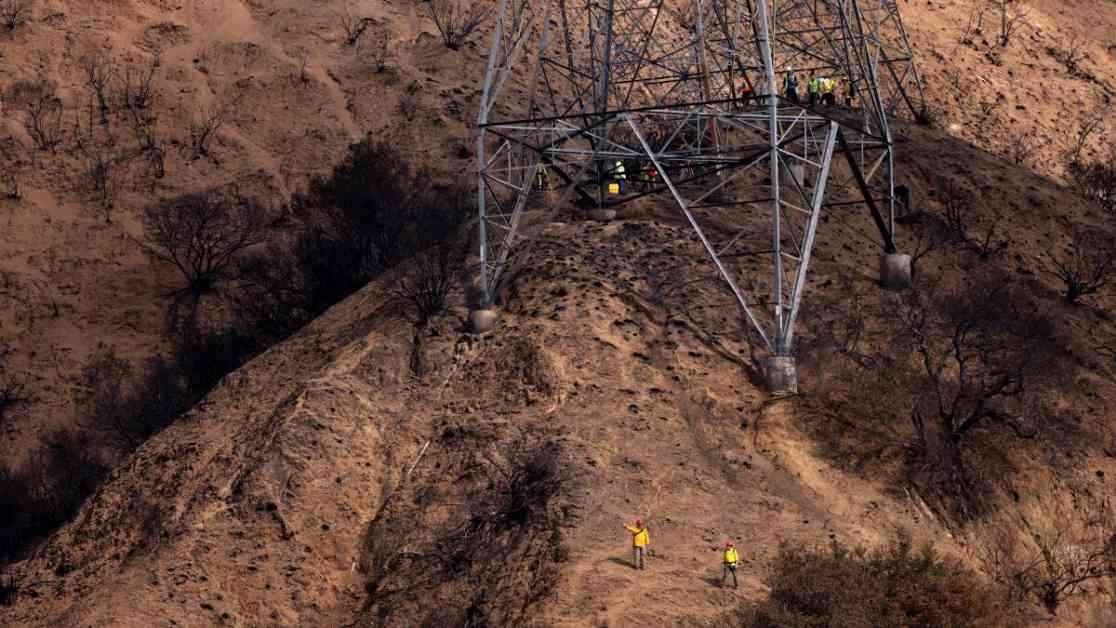Critics Question Cause of Eaton Fire
Southern California Edison is under intense scrutiny following the discovery of an encampment near one of its transmission towers in Eaton Canyon, where the devastating Eaton fire originated. While Edison has not directly linked the camp to the fire, attorneys representing residents who have filed lawsuits against the utility giant are expressing deep skepticism about its involvement. The California Department of Forestry and Fire Protection is currently investigating the cause of the fire that destroyed thousands of homes and claimed 17 lives.
Experts Weigh In
Attorneys from various law firms have dismissed the possibility of the encampment being the cause of the fire. They argue that the distance between the camp and the suspected start of the fire is significant and unlikely to have played a role. Investigators hired by these firms have focused on potential markings on the transmission tower consistent with signs of arcing, suggesting an electrical cause for the fire.
Response from Southern California Edison
Southern California Edison has denied any responsibility for the fire, stating that its equipment did not cause the blaze. The company’s spokesperson, Kathleen Dunleavy, emphasized that their inspections have not revealed any signs of arcing on their equipment. However, multiple law firms have requested that Edison lower the electrical wires for further inspection to rule out any electrical malfunctions.
Legal Battle Unfolds
More than 20 lawsuits have been filed against Southern California Edison, with residents alleging that video and images suggest the fire was sparked by the utility company’s electrical equipment. The ongoing legal battle has raised questions about transparency and accountability in the utility industry.
In the midst of conflicting accounts and legal proceedings, the residents of Altadena are left grappling with the aftermath of the devastating Eaton fire. As investigators continue to search for answers, the community remains hopeful for justice and closure in the face of tragedy.


